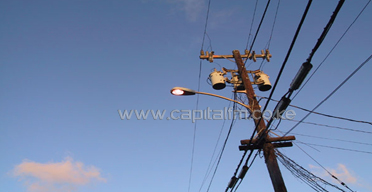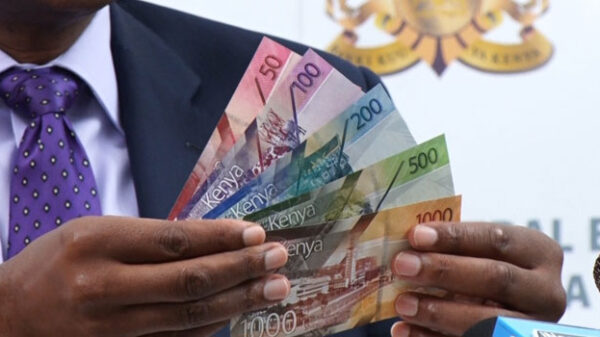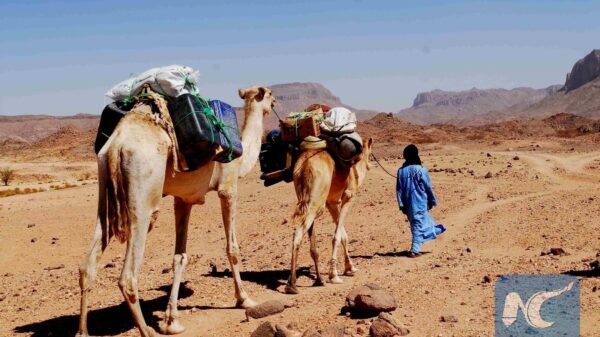
Kiilu plans on bringing the Land Commission on board as it is mandated “to monitor and have oversight responsibilities over land use planning throughout the country,” as per section 5 of the National Land Commission Act 2012/FILE
Managing Director Joel Kiilu who spoke at the launch of a transmission line from Mombasa to Nairobi and a second from Rabai to Lamu, said they had spent up to Sh1 billion acquiring land for the Mombasa to Nairobi transmission line and Sh800 million in the Rabai to Lamu project.
“The biggest challenge we have as we construct these lines is getting the right of way. This is because the land issue is very emotive in this country. People don’t want to move away from their families, some have buried their loved ones there.”
“There are also some conservancies which feel the lines are not a good sight for tourists and there are people who take very serious advantage. After we talk to people about the project the next day they come up with maps showing that they were planning to come up with cities, estates and so forth so the land rates move from say Sh200,000 per acre to about Sh6 million.”
In order to reduce the amount spent on obtaining way leaves, Kiilu plans on bringing the Land Commission on board as it is mandated “to monitor and have oversight responsibilities over land use planning throughout the country,” as per section 5 of the National Land Commission Act 2012.
“As we move forward, we may have to bring on board the land commission to assist us probably in some cases using compulsory land acquisition… of course with compensation, to get way leaves so as to keep the cost of implementing these projects at affordable levels.”
Kiilu also lamented that both projects were awarded to foreign contractors due to a lack of local contractors with the capacity to carry them out.
The Mombasa to Nairobi line will be constructed at a cost of Sh11.7 billion and the Rabai to Lamu line will cost Sh8.9 billion.
“The moment we get our own capacity here it means that the money we are getting from world sources will remain here to build this economy. Because the people who are building the lines come from out there it means they’ll take the money with them.”
“Although we are left with infrastructure, we feel it is important that most of the money used in putting up the infrastructure remains here. And again, we want Kenyans to be the ones who are on the ground doing this work.”
The Mombasa to Nairobi line is being financed by the African Development Bank (AfDB), the French Development Agency (AFD), The European Investment Bank (EIB) and the Government of Kenya.
“Kenya Power is a private organisation – it’s got almost 50 percent private ownership – so they don’t get the money as cheaply as we do.”
KETRACO, wholly owned by the government, was formed in 2008 to among other things reduce the cost of electricity to the consumer by absorbing the capital cost of transmission infrastructure.
One way KETRACO hopes to achieve this is through the consolidation of Kenya’s power grid with that of Tanzania, Uganda and Ethiopia allowing for power trade between the neighbouring countries.
“Ethiopia has got massive hydro resources so electricity generation there is very cheap so it’s easier for us to pick that one and bring it here other than sometimes resorting to very expensive fuel generated electricity.”
“In another three years or so we’ll have something akin to an electricity stock exchange. Industries will be able to buy cheaper electricity from Ethiopia.”
The KETRACO launch comes hot on the heels of a proposed increase in electricity tariffs by Kenya Power. In an application made to the Energy Regulatory Commission, Kenya Power hopes to increase its tariffs by 21 percent starting in March.
Work on the Mombasa to Nairobi transmission line is expected to conclude in January 2014 with the Rabai to Lamu line projected to be complete by April this year.


































